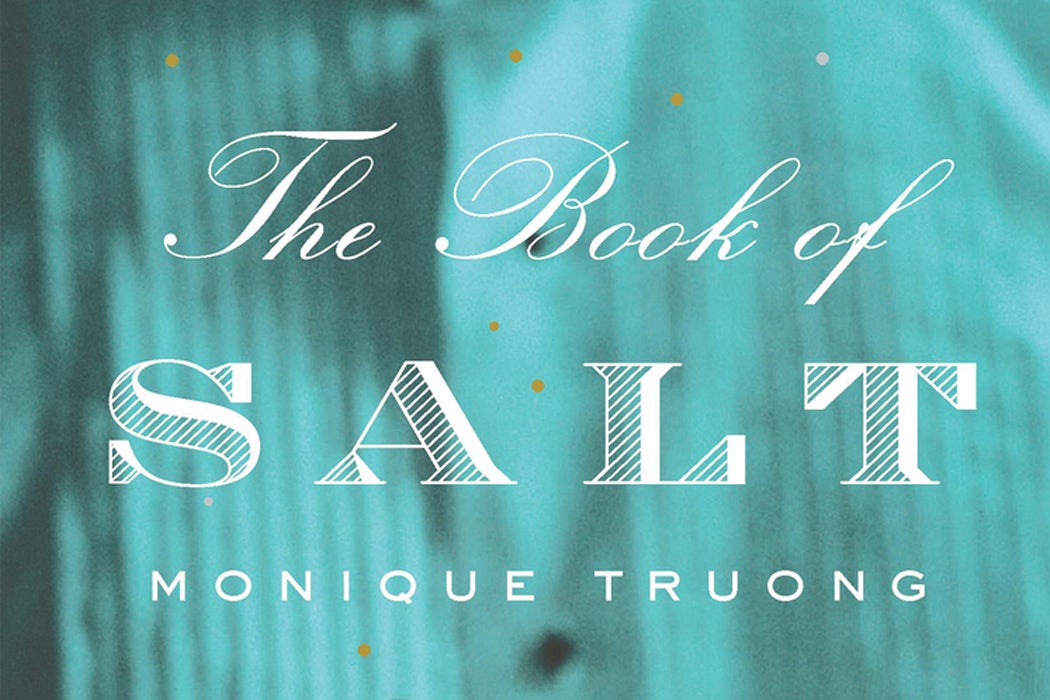In a luscious revisit of the world of modernism, Monique Truong’s The Book of Salt takes readers into the literary Paris of the 1930s through the point of view of a Vietnamese private chef.
In fact, the novel “can be read as a bold and compelling contribution—a gift perhaps—to the field of Asian American literature as well as to a range of significant debates about the nature of autobiographical collaborations,” says scholar Y-Dang Troeung.
The Book of Salt, which centers on the household of writer Gertrude Stein and her partner, Alice B. Toklas, has fueled a wide range of commentaries about its portrayal of race and sexuality. Troeung acknowledges leading interpretations of the novel that address themes such as “queer diaspora and historicism” and “food and colonialism,” even as she chooses to focus on the theme of collaborative autobiography that Truong’s own scholarly work has examined.
Historically, first-person Vietnamese refugee narratives could reach American audiences only when accounts, like Tran Thi Nga’s Shallow Graves: Two Women in Vietnam and Le Ly Hayslip’s When Heaven and Earth Changed Places, were funneled through white co-authors and editors. In that light, the story told in The Book of Salt offers “further evidence of Truong’s coextensive political project on postcolonial collaborative autobiography,” writes Troeung. Her analysis looks at the parallel between the novel’s narration by its fictional protagonist Binh and the real-world controversial authorship of Stein’s famous The Autobiography of Alice B. Toklas.
“This conflation of Toklas’s and Binh’s identities also allows Truong to draw out the similarities and differences between different kinds of collaborative relationships (that is, lesbian women’s collaborative writing and postcolonial collaborative writing),” she argues.
With its story about a gay cook working in an expatriate lesbian household, the novel can be “a story of converging queer diasporas,” suggests Troeung. All the same, “the text also refuses to idealize this queer affiliation as one that is necessarily democratic or subversive,” since their shared queer orientation does not exempt Binh from his white employers’ racial prejudices.
Weekly Newsletter
“While Toklas and Binh are aligned throughout the narrative as subjects who have labored tirelessly behind the scenes for little or no recognition, and who have both been misread by the world… Binh asserts the fundamental distinction between him and Toklas in the end,” writes Troeung, who locates their “crucial difference” in “the asymmetrical relation of power that exists between the two.”
She adds, “The Book of Salt ultimately calls for a renewed critical consideration of how such relations of power can be exploited and abused, particularly in the context of postcolonial autobiographical collaborations.”
Support JSTOR Daily! Join our new membership program on Patreon today.







